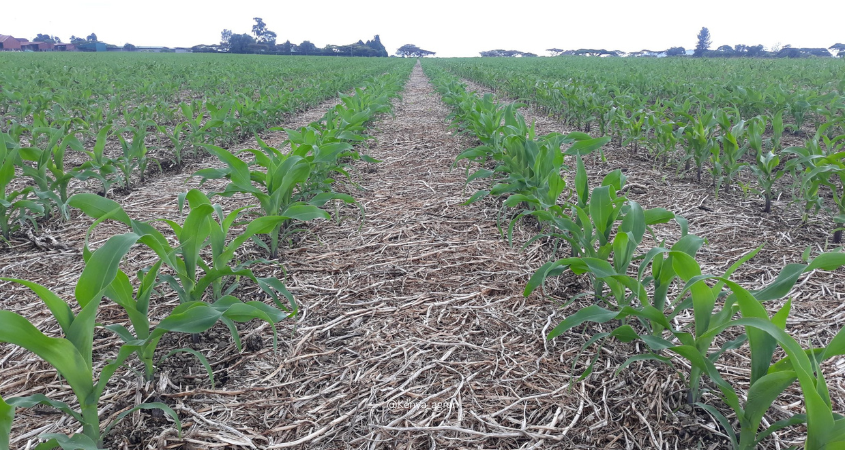
Fertilizer top dressing is a critical stage in the crop cycle, influencing nutrient availability and, consequently, crop yield. As a farmer, understanding and implementing best practices is essential for optimizing the effectiveness of this process.
Before planting, conduct a comprehensive soil analysis to ascertain existing nutrient levels. This baseline information serves as a roadmap for tailoring fertilizer applications to meet the specific needs of the crop. Soil testing enables precision in nutrient management, avoiding over-application or deficiencies.
Choose a fertilizer type that aligns with the nutrient requirements of the crop during the top dressing phase. This decision is typically advised in the soil analysis recommendations after analysing existing soil conditions such as nutrient composition, soil pH level and organic matter content. Balanced nutrient supply is crucial for sustained crop growth.
Explore different application methods, each with its advantages. Broadcasting is effective for widespread nutrient distribution, while side dressing allows targeted delivery close to the plant roots. Foliar application offers a rapid absorption route but requires careful timing. The choice of method depends on factors like crop stage, soil structure, and the selected fertilizer.

Time the top dressing application based on the crop growth stage. Understanding the critical growth milestones ensures that nutrients are supplied when the crop needs them the most. For instance, during rapid growth phases, nitrogen demand is high, emphasizing the importance of precise timing to maximize nutrient uptake.
Good Agricultural Practices advocate for environmentally responsible fertilizer application. This involves avoiding excessive application that can lead to nutrient runoff and pollution. Employ split applications where necessary, matching nutrient release with the crop’s growth phases, thus minimizing the risk of he risk of leaching or groundwater contamination.
Leverage technological advancements in fertilizer application. Precision farming technologies, such as variable rate application, enable tailored nutrient delivery based on spatial variability in soil conditions. Integrating technology enhances efficiency and resource use, contributing to sustainable agricultural practices.
Continuous monitoring of crop health and periodic reassessment of soil conditions are integral components of best practices. Adjust fertilizer plans based on crop visual indicators, plant tissue analysis, and regular soil testing to fine-tune nutrient management strategies.
Overall, optimizing top dressing fertilizer application involves a holistic understanding of soil-plant interactions. By integrating soil health principles with practical considerations, #farmers can enhance nutrient use efficiency, promote sustainable agriculture, and ultimately achieve higher yields.
Grow more with less
#savesoil #soilhealth #soilscience
Order our services and get to know how to improve your soil for better yeilds.